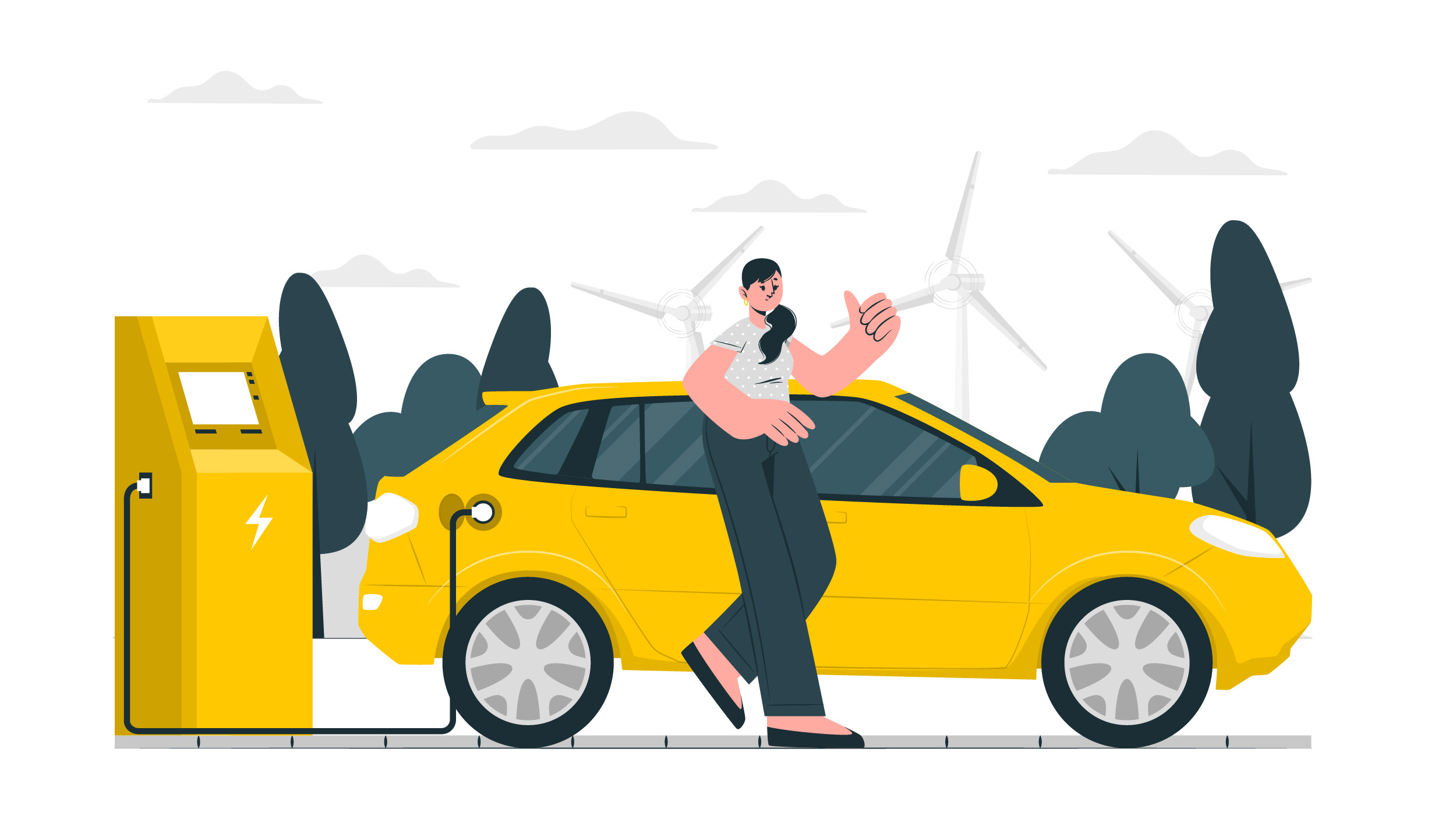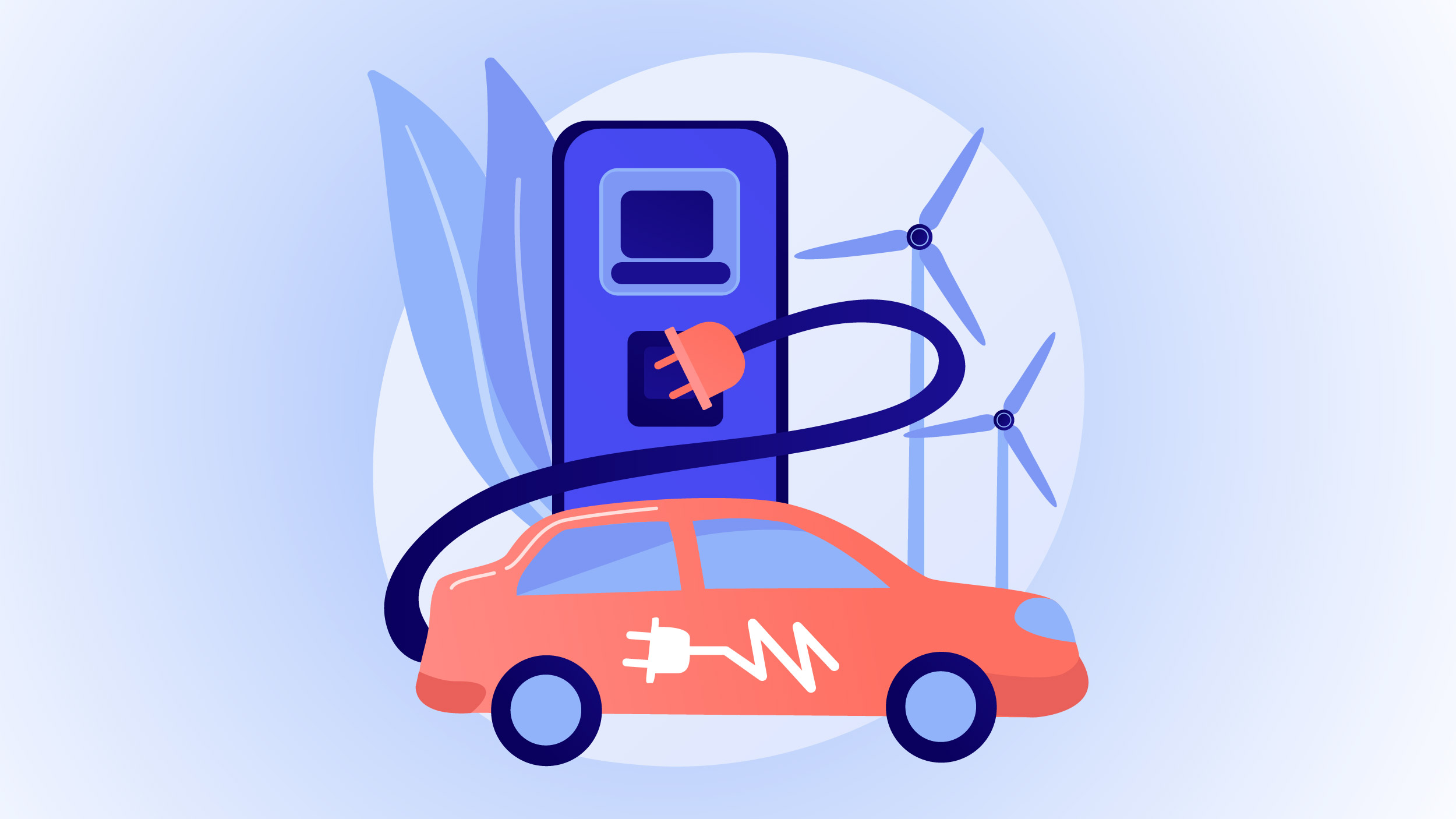Do you know that the ICE age in the automobile industry is about to end?
Absolutely, that is accurate. For the first time since 2017, the industry as a whole rose while ICE car sales kept down. The patterns in internal combustion sales and total industry sales didn’t start to separate until 2020.
The model suggests that this tendency will not only continue but also greatly accelerate starting right now. It escalated in 2022. According to the calculations, the decline in ICE vehicle demand will result in 2.5 million fewer vehicles sold this year, 4 million fewer in 2024, 6.5 million fewer in 2025, and a staggering 9.5 million fewer in 2026, for a total decline in ICE sales of 22 million vehicles over the following four years.
Keep in mind that this drop was computed using an industry-wide growth rate of 1.6%!
For the first time in 2019, sales of battery electric and plug-in hybrid electric vehicles surpassed the two million mark. Although economic unpredictability and shifting consumer priorities may have overshadowed this eagerly anticipated milestone, it is still worthwhile to assess the state of the electric vehicle market.
The business has changed significantly in recent years, and the future of electricity is now even more evident. EV trends and use cases are rapidly evolving as the world shifts towards sustainable and eco-friendly transportation options. What specific EV trends predict the widespread use of electric vehicles in 2023 and beyond?
ICE Age on Decline: EV Trends and Use Cases Dominating 2023
Talking about EV trends, there is an increasing availability of charging infrastructure, with governments and private companies investing in building more charging stations to support the growing number of EVs on the road.
In terms of use cases, EVs are being adopted for a wide range of applications, including personal transportation, public transit, delivery vehicles, and even heavy-duty trucks and construction equipment. As EVs continue to gain popularity and become more mainstream, we can expect to see even more innovative use cases and trends emerge in the coming years, as the technology continues to evolve and improve. Here are some EV trends and use cases:
Automotive Giants Highly Invested
Not only have automakers promised to produce a major portion of electric vehicles during the following ten years, but many of them, like Ford, VW, and Honda, have also already made significant expenditures to speed up the production of EVs. By 2030, the automobile sector is expected to invest more than $500 billion in the shift to electric vehicles.

One of the numerous obstacles to the widespread use of electric vehicles in recent years was the great lack of model variation. But, the number of electrification examples provided by automakers is no longer in short supply.
The investments in EV research and manufacturing facilities are growing now that conventional automakers are aware of the business prospects in electric vehicles. In turn, the variety of EV options available to consumers is rapidly expanding.
Growth of EV Charging Infrastructure
EV trends and use cases are getting popular day by day and to support the widespread adoption of EVs, governments at all levels are investing more and more in a variety of charging infrastructures. The Biden Administration in the US announced a plan to invest about $5 billion over five years to create a vast network of electric vehicle charging stations.
In order to allow drivers to make longer trips in their EVs and potentially allay some of their fears about embracing electric vehicles, this plan aims to establish a charging station every 50 miles along interstate highways.

Government initiatives have led to an increase in EV charging stations, but private sector initiatives have also increased public accessibility to EV infrastructure. One of the advantages of owning a Tesla vehicle has previously been accessing the company’s Supercharger network, but a test project launched in November 2021 changed that.
The initiative started to let owners of other electric vehicles access the company’s vast charging network, but only in a few European nations. But, if more nations soon gain access to their EV charging stations, this will represent a huge development for both Tesla and the market as a whole.
Government Policies Driving EV Adoption
The Infrastructure Investment and Jobs Act, which was passed into law in the USA in November 2021, allotted $7.5 billion for the development of a comprehensive charging infrastructure. Fast charger installation throughout the interstate highway system has been the original focus of financing in order to allay concerns about battery range and facilitate long-distance travel.
The Act also included large expenditures in expanding domestic battery production and recycling capacity and modernizing the country’s power grid, which is essential for meeting increased electricity demand as EV usage rises. Tax credits increase consumer demand. For instance, the Inflation Reduction Act, which became law in August 2022, allowed for the first time that tax credits may be utilized for buying used EVs and extended a $7,500 tax credit for the purchase of new EVs until 2032.
Incentives like refunds are also provided by state government initiatives to encourage EV adoption by lowering the high initial costs of EVs. A number of states have also enacted legislation banning the sale of new gas-powered vehicles by 2035 and implemented zero-emission vehicle (ZEV) programs that compel automakers to sell a predetermined number of battery-electric or plug-in hybrid-electric vehicles.
EV Prices Continue to Fall
The initial expense of purchasing an electric vehicle is one of the problems that consumers encounter. An EV is typically expected to cost less than $50,000, according to a Canadian survey. Automakers in general have not yet crossed this threshold because of the high cost of batteries, inverters for electric vehicles, motors, and other components.
Trends, on the other hand, are encouraging in demonstrating how near the sector is to this stage. For example, the price of battery packs, which account for a sizeable portion of the manufacturing expenses of electric vehicles, has decreased over time.
A lithium-ion battery pack’s average cost decreased by an amazing 89% from $1,200 per kWh in 2010 to $132 per kWh by the end of 2021. This price is very near to the $100 per kWh threshold that would allow electric vehicles to be priced similarly to those with internal combustion engines.
It’s interesting to note that between 2020 and 2021, the average price of new cars increased by 2.2%, while the price of EVs fell by 10.8%.
Big Tech Penetrates EVs Electrifying Growth
On the one hand, there are automakers that only produce electric vehicles, such as the original Tesla and the more current Rivian. The traditional automakers, on the other hand, have only just realized how quickly the EV revolution is spreading and are making significant investments to enter the market. Nevertheless, there is an intriguing third group that is also experimenting with electric vehicles: technology businesses.
Companies like Apple, Google, and Amazon have been rumored to be working on or investing in electric cars for years, with a focus on self-driving technology in particular. Large investments have been made in the autonomous EV sector by Chinese significant tech companies including Huawei, Baidu, and Xiaomi.
The unexpected announcement of a prototype EV by consumer electronics major Sony at CES at the beginning of 2022 was another proof that the EV sector appears to be very promising and is rapidly approaching general adoption. It seems that no business wants to be left behind, and it seems that customers are open to the idea as well. In a recent survey conducted in Canada, 49% of participants said they would be willing to purchase an electric vehicle made by a tech business.
Conclusively
Rising EV trends and uses cases are compelling automakers and suppliers to gain a thorough understanding of each market in order to succeed by monitoring the regulatory environment, consumer preferences, infrastructure developments, and competitor moves—especially those of new entrants, such as start-ups from outside the industry. Companies that meet consumer demand with the right EV models and profit from advantageous legislative circumstances may capture the most alluring growth prospects in the future.




